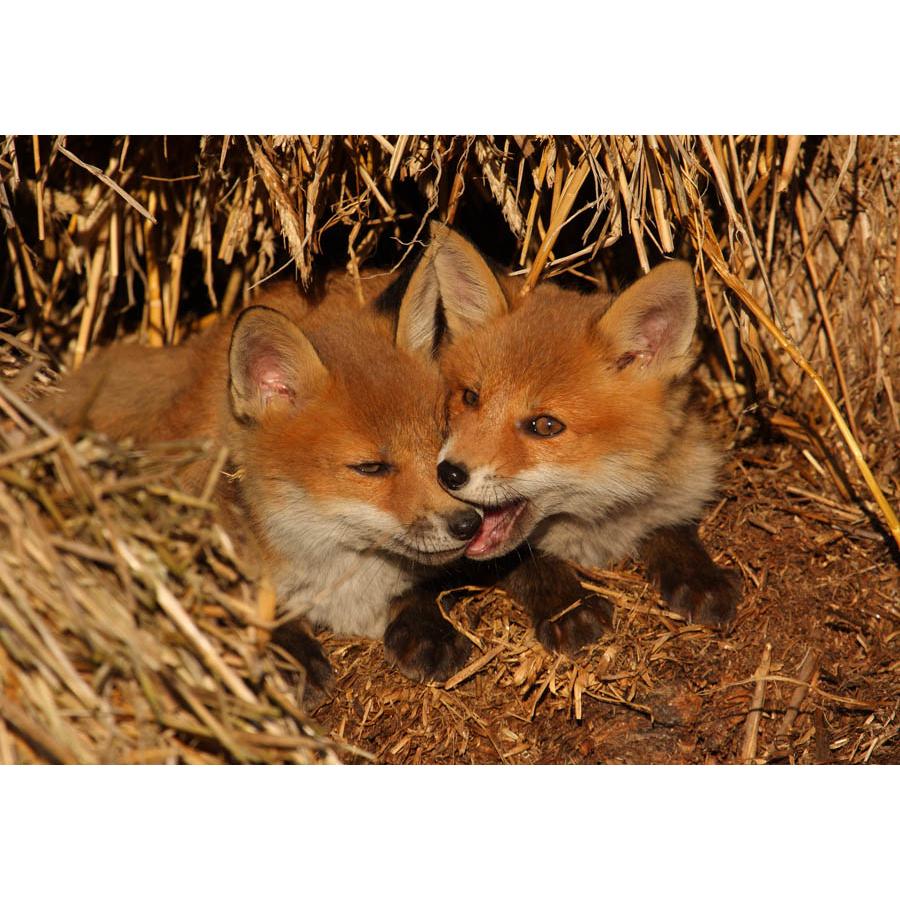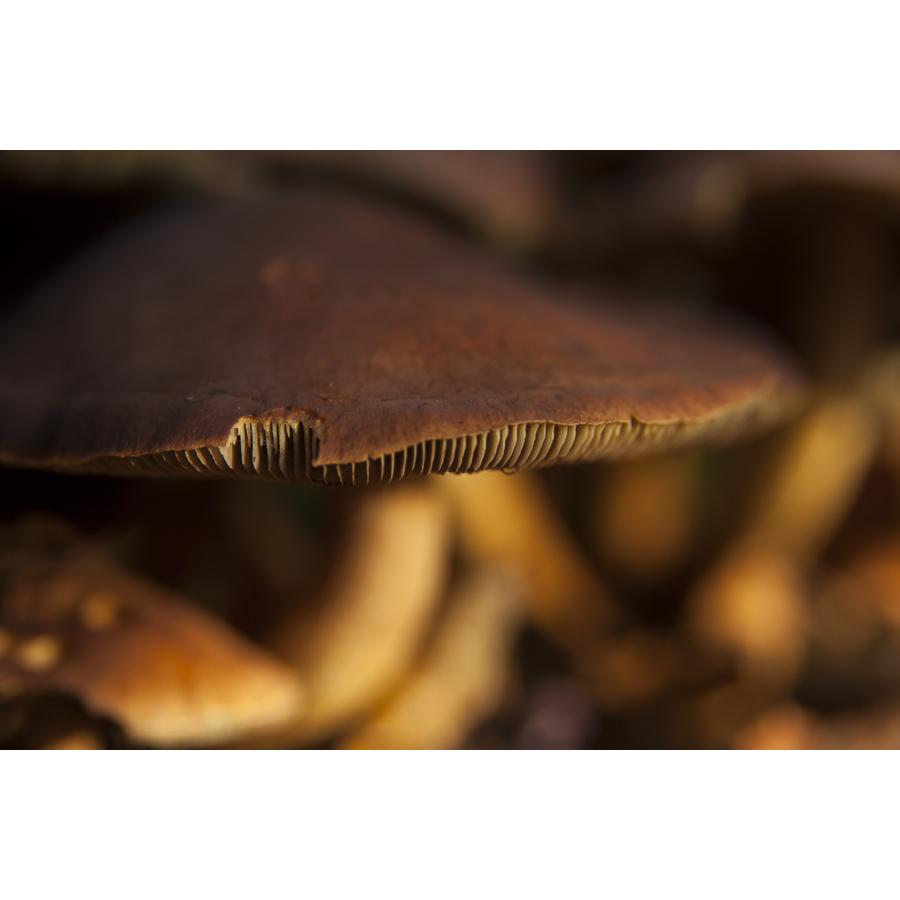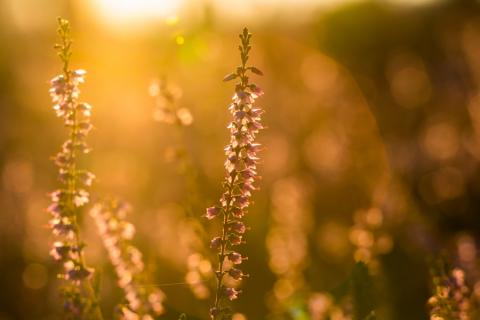Zoonoses.
Staying on the forest area brings risk of zoonotic infection and threatening human life and health. The best-known zoonotic disease is rabies which is spread mainly by foxes and raccoon dogs. Also, while enjoying forest resources one can catch diseases transmitted by ticks - the two most common ones are boreliosis and tick-borne meningitis. Consumption of unwashed berries can lead to infections with parasites such as tapeworms.
To prevent from zoonoses or minimize the risk of infection one should avoid contact with wild animals - do not approach dejected animals, not fleeing from the man, because such behaviour may indicate a disease of the animal. One must not also touch dead animals. In the case of activities against rabies being held, do not walk within those woodlands.
After a visit in the forest one should carefully inspect clothing and body, and see if no ticks are present, and if found, they should be removed as no its part remains in the body, e.g. mouthparts. While visiting forests one should have such clothes that ensure the best possible protection against ticks - long sleeves and trousers, garments should not have bright colours. You can also use special chemicals against these insects. To avoid parasites do not eat unwashed berries and after collecting berries or blackberries thoroughly wash your hands.
Food poisoning.
Within the forest there are also poisonous plants. They are both fungi (e.g. Amanita phalloides, Amanita, brown roll-rim) as well as vascular plants (lily of the valley, yew, Jimson weed), and if eaten can cause death. Therefore, do not eat unfamiliar mushrooms and collect unknown plants. If poisonous plants are eaten you should immediately induce vomiting to remove the source of toxins from the body and contact your doctor. You should also remember the appearance of the plant, which was consumed if you do not know its name.
Stings by insects.
Single stings by insects – e.g. bee, wasp, hornet, are not dangerous to a healthy person. However, if the insect stings in the area of the head, mouth and neck or the person stung is allergic to venom, a sting can pose threat to health. In such case remove the sting and the serum bubble as soon as possible in such a way that no more venom is introduced into the body. Disinfect the place of a sting, apply cold compresses and consult a doctor
Single stings are usually not dangerous. You have to remember that individual susceptibility to insect venom varies.
Snake bites
In Poland there is one species of a poisonous snake - a viper. Its venom is toxic and can inhibit bodily functions or even cause death. Therefore, you should not approach vipers, annoy them, touch them. If bitten by a snake, apply a tourniquet above the place of the bite, immobilize the limb, and contact a doctor immediately
Najnowsze artykuły
Aktualności
Blok kalendarz

Latest news
Contact us
Nadleśnictwo Sława Śląska
ul. Niewidziajły 1A
67-410 Sława
tel. +48 68 356 62 29
fax. +48 68 356 62 29






